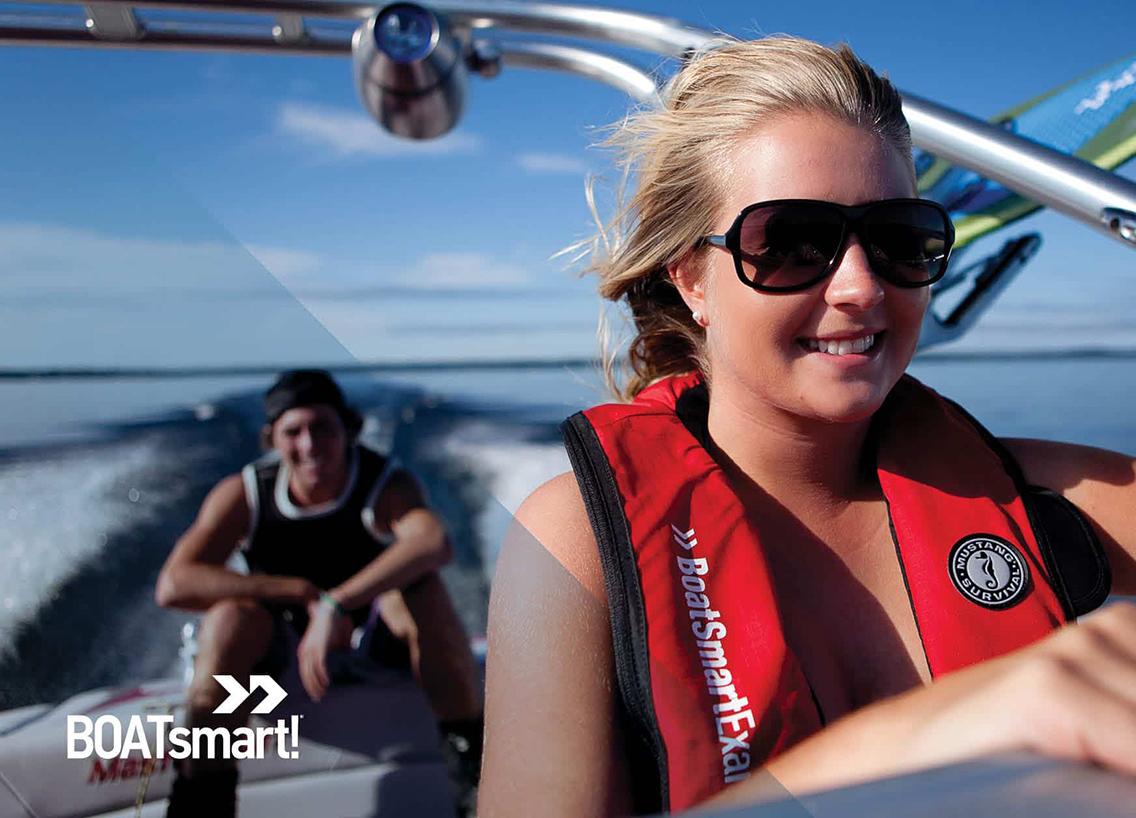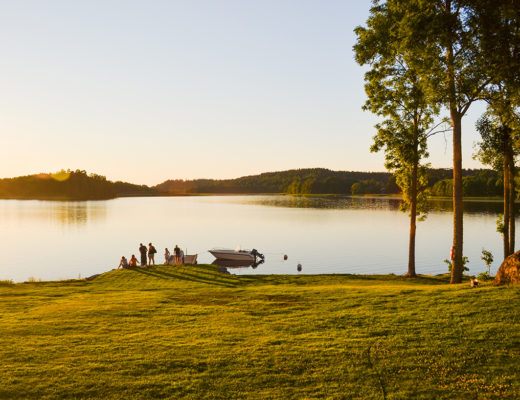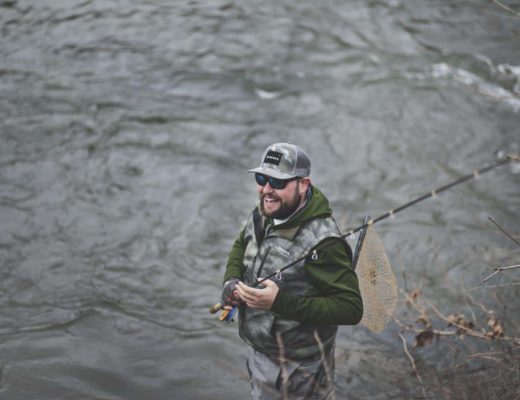If you’re a beginner boater, the world of boating may seem to be confusing and complex. So, we’ve put together a guide of eight commonly used boating terms that all beginners should know. Understanding these boating words helps you understand how to handle a boat and stay safe on the water.
Plus, learning these eight boating terms so you aren’t given away as an amateur! Keep reading to learn what you need to know.
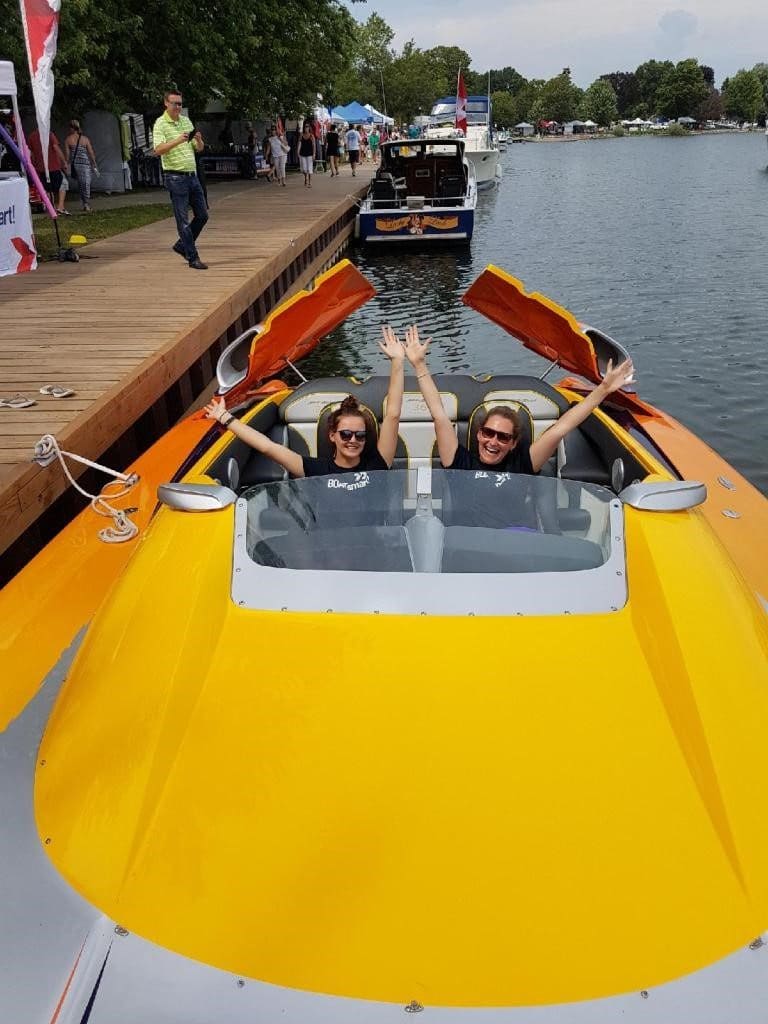
8 Boating Terms Every New Boater Should Know
Every great captain started out just like you: a beginner boater!
While there are many more than eight boating phrases, the following eight terms will help you understand how boats work and boost your beginner knowledge. You’ll also be on your way to being a safe boat Captain!
1. Bow and Stern
The bow refers to the front of the boat while the stern is the rear. Similarly, equipment found at the bow of the boat (such as a line) would be called the bowline.
2. Port and Starboard
These are easily the most important terms in boating because they are used to tell other boaters where you are going. Port and starboard are used as universal directions for left and right from the captain’s perspective.
Having a hard time remembering which one is which? Keep in mind that there are four letters in “port” and four letters in “left.”
3. Helm
The helm is the area from which the boat is steered and captained. Think of it as the “steering station” where you’ll find the steering wheel or stick.
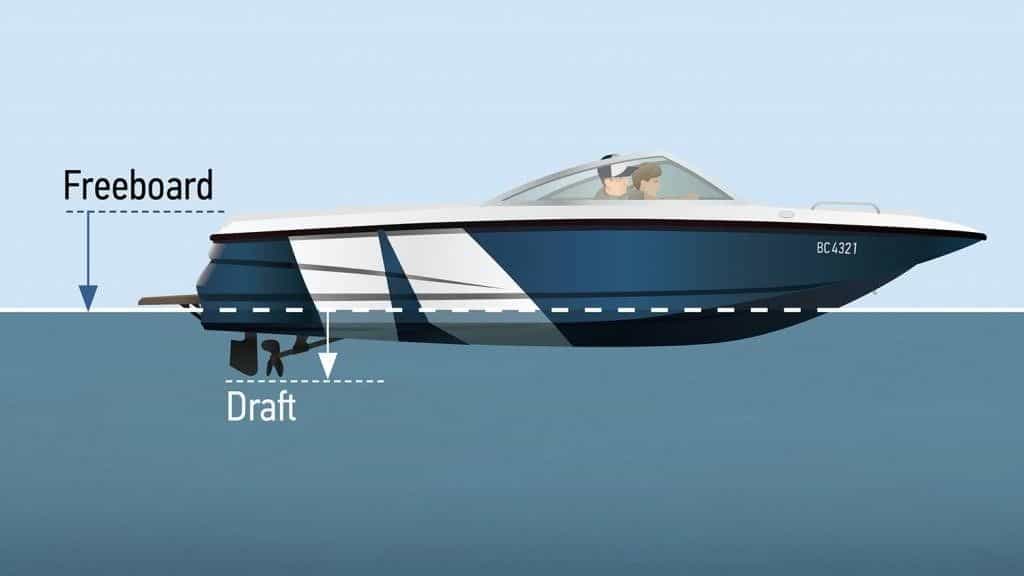
4. Waterline
A boater should always pay attention to their waterline. It is the line on the boat’s hull that marks where the boat sits when it is properly loaded with equipment and passengers.
5. Draft
Relative to the waterline, a boat’s draft is the depth of water that a boat needs in order to float freely. The draft is measured from the waterline to the lowest point of the boat.
6. Mooring
The term refers to tying up your boat. A mooring is an anchored float that you can attach your boat to. Then your boat is moored.
7. Cleat
The secure metal or plastic fitting used to attach lines to a boat. The lines on your boat, such as your bowline (the line at the front of your boat), are used to secure the vessel to the dock by tying around the cleats.
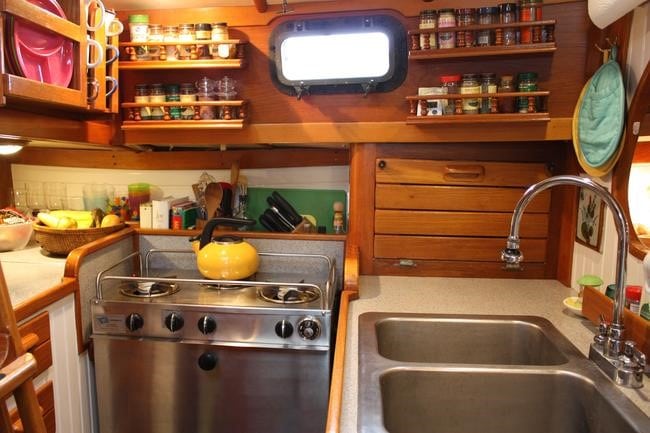
8. Head, Galley, Saloon
These terms only apply to larger boats, as they are the terms for a boat’s bathroom, kitchen, and living area in that order. Depending on the size of the boat, these spaces can range from quite cramped to vastly spacious.
Learn More About Boats and Boat Safety With BOATsmart!
And there you have it! Knowing your way around boating terminology is the first step to getting out on the water and becoming a smart and certified boater.
Next up, make sure you know the rules of the waterways and get your very own Personal Craft Operator Card or boating license. Take the online boating education course through BOATsmart! to learn safety essentials and get your license for boating in Canada.
Content most recently reviewed and updated August 6, 2024.
